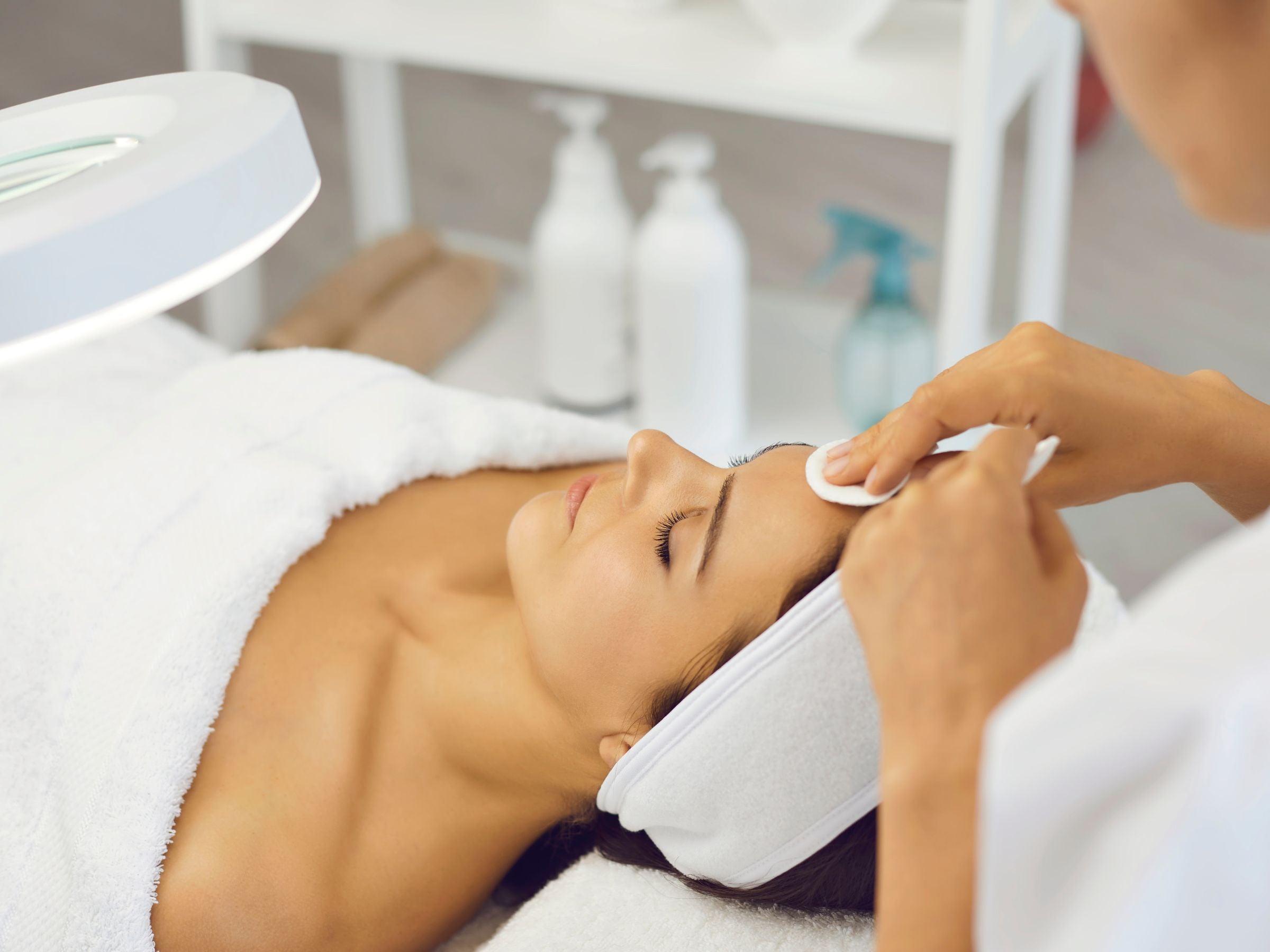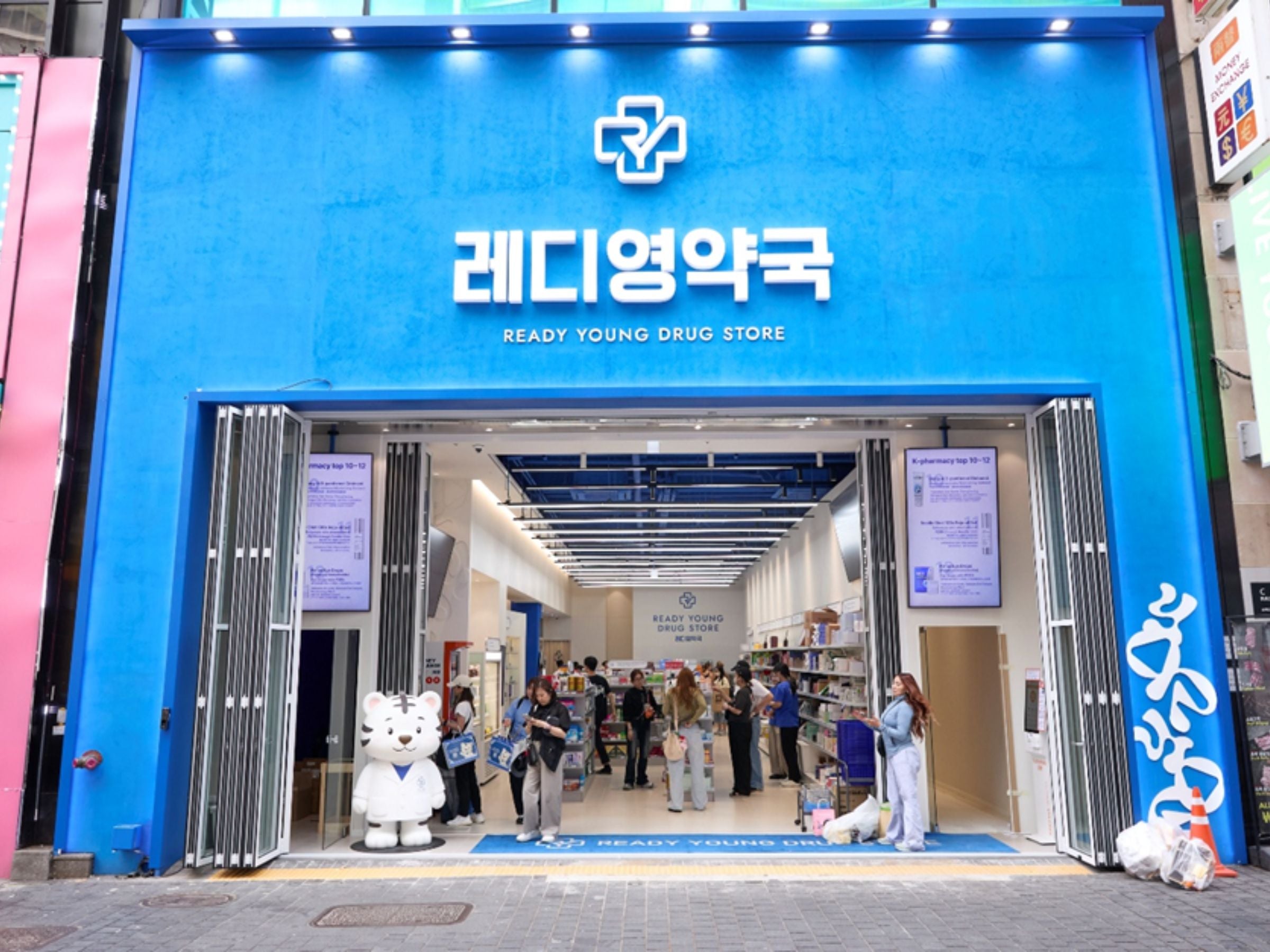
Is Stem Cell Therapy Legal in Korea?
Stem cell therapy has become one of the fastest-growing trends in global longevity, anti-aging, and regenerative medicine. With Korea emerging as a leading destination for medical tourism and wellness tourism, many international visitors—especially from the United States—are asking: Is stem cell therapy legal in Korea?
The short answer is yes, but there are clear rules and guidelines that patients should understand before undergoing treatment. Korea offers world-class medical technology, advanced research, affordable pricing, and a global reputation in beauty and wellness. Still, its stem cell regulations can appear complex, so here are three easy rules to keep in mind when considering therapy abroad.
Tip 1. The safest option: your own cells
In Korea, stem cell therapy using your own cells—typically derived from blood, bone marrow, or fat—is legal and widely practiced. This option is considered the safest and most accessible for international patients seeking cosmetic or rejuvenation treatments.
Stem cells from donors (other people) can also be used in certain approved medical contexts, but these cases involve strict regulations and advanced oversight. For visitors pursuing wellness or anti-aging treatments, sticking with your own cells is the most reliable choice.
Tip 2. Stem cells cannot be cultured
“Culturing” refers to multiplying stem cells in a laboratory before use. In Korea, culturing is not permitted for cosmetic or wellness procedures. Legal stem cell treatments must use cells directly after extraction, without expansion.
While Korea is actively investing in next-generation stem cell research for medical breakthroughs, these advanced techniques are not available for wellness or medical tourism visitors. The simple rule: no culturing.
Tip 3. Focus on beauty and anti-aging
For international patients visiting for wellness in Korea, stem cell therapy is most commonly applied in cosmetic and anti-aging treatments. Popular options include intravenous infusions, facials, skin rejuvenation, and scalp or hair growth procedures. These are widely available and considered safe when performed by licensed professionals.
By contrast, stem cell therapies claiming to treat chronic diseases, organ regeneration, or complex medical conditions fall under restrictive regulations and are not generally offered to foreign patients. If you are traveling to Korea for medical tourism, it is best to focus on beauty, preventive aging, and wellness-oriented goals.
The Takeaway
Stem cell therapy in Korea may sound complicated at first, but the essentials are simple:
- Use your own cells
- No laboratory culturing
- Treatments should focus on cosmetic or wellness purposes
These guidelines help American patients quickly recognize which stem cell treatments are legal and safe to consider while in Korea—without needing to parse the fine print of local regulations.
Disclaimer: This article is for informational purposes only and does not constitute medical or legal advice. Stem cell regulations may change, and every patient’s situation is unique. Before undergoing any treatment in Korea, consult a licensed medical professional and verify the latest legal guidelines.
Plan your checkup with Himedi.com
Himedi connects you to Korea’s top hospitals and clinics, arranges appointments, provides interpretation, translates results, and makes the process effortless — so you can focus on your health, not the logistics.





